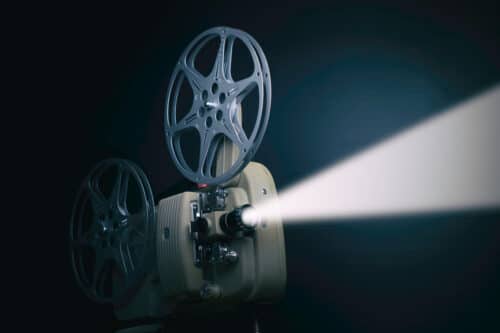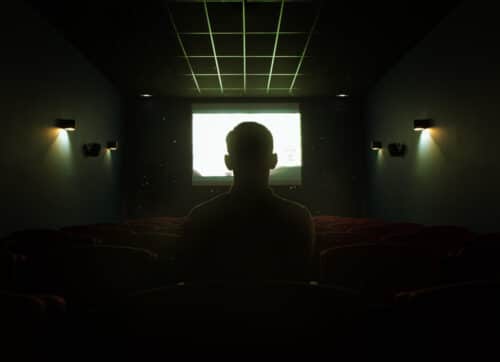 Have you ever found yourself frustrated? Blocked? Obstructed? We all have. At such times it is all too easy to feel disempowered in the face of overwhelming outside forces. We try to identify something external to blame for our distress, and this can lead to the conviction that we must combat these external forces and by opposing, end them. Unfortunately, these efforts seem to generate greater resistance from the forces we imagine to be arrayed against us. As depth psychologist, Carl Jung argued, “What you resist not only persists but will grow in size.” There is something about fighting our circumstances—or resisting them—that doesn’t seem to work very well.
Have you ever found yourself frustrated? Blocked? Obstructed? We all have. At such times it is all too easy to feel disempowered in the face of overwhelming outside forces. We try to identify something external to blame for our distress, and this can lead to the conviction that we must combat these external forces and by opposing, end them. Unfortunately, these efforts seem to generate greater resistance from the forces we imagine to be arrayed against us. As depth psychologist, Carl Jung argued, “What you resist not only persists but will grow in size.” There is something about fighting our circumstances—or resisting them—that doesn’t seem to work very well.
Several years ago, I attended the weekly free public lectures by Marianne Williamson, author, spiritual leader, and, presidential candidate. During these lectures, Marianne would often describe the predicament of human beings using a cinematic analogy. What follows is a version of it.
Imagine that the life circumstances you do not like or want are a series of unpleasant or frightening moving images displayed on a screen in a conventional movie theater. Now imagine trying to change those frightening images by walking up to the screen and trying to sweep away the pictures. You do this in the hope that this will push the pictures off the screen and cause more pleasing pictures to appear instead. Of course, it would never work. So how could you change the images projected on the screen? You would need to go to the projection booth and manipulate or replace the film, the source of the images.
In this analogy, the screen represents the outer world of events, experiences, and relationships; the on-screen images represent the circumstances of your life in that outer world; the film represents the thoughts you choose (whether consciously or unconsciously) to entertain or believe; the apparatus of the projector represents the mind; and, finally, the light beam represents the power of thought (awareness, consciousness) itself.

The point is to change our circumstances “out there,” we must first change our thoughts or beliefs “in here.” Only then, after a new thought or belief has been programmed, can one’s outward circumstances begin to change their configuration.
When you find yourself frustrated, blocked, or obstructed in some personally significant aim or objective, consider that your circumstances are precisely reflecting back to you a thought or belief that you have wittingly or unwittingly attached to that aim or objective. When we are met with opposition or delay, we can be sure that, at some level, we are beholden to a thought or belief suggesting “I am not sure I am worthy to receive what I want“. Or that “It is quite possibly harmful or dangerous to receive what I want.” This ambivalence (whether or not consciously acknowledged) about wanting what we want is reflected in the environment’s ambivalence about giving it to us.
The next time you find yourself frustrated, blocked, or obstructed, consider that the frustration, blockage, or obstruction you are experiencing “out there” is actually the environment’s way of signaling the nature of your programmed thoughts or beliefs. Of course, the environment is always providing this kind of feedback; where we have helpful and supportive operant beliefs, we tend to have positive and rewarding experiences. Remember that you cannot change the image on the screen by attempting to manipulate the images themselves—only by replacing the film in the projection booth of your own mind can this be accomplished.
Contact us today to schedule a complimentary 15-minute phone consultation or to book an appointment.
I strive to create a safe, comfortable, and supportive environment for individuals who are confronting issues related to adjustment, anxiety, depression, grief, stress, relationships, and trauma. I specialize in helping individuals who find themselves caught in repetitive patterns of less-than-effective coping and bewildering self-defeat. Call or message today to schedule your free phone consultation or arrange your first appointment.

